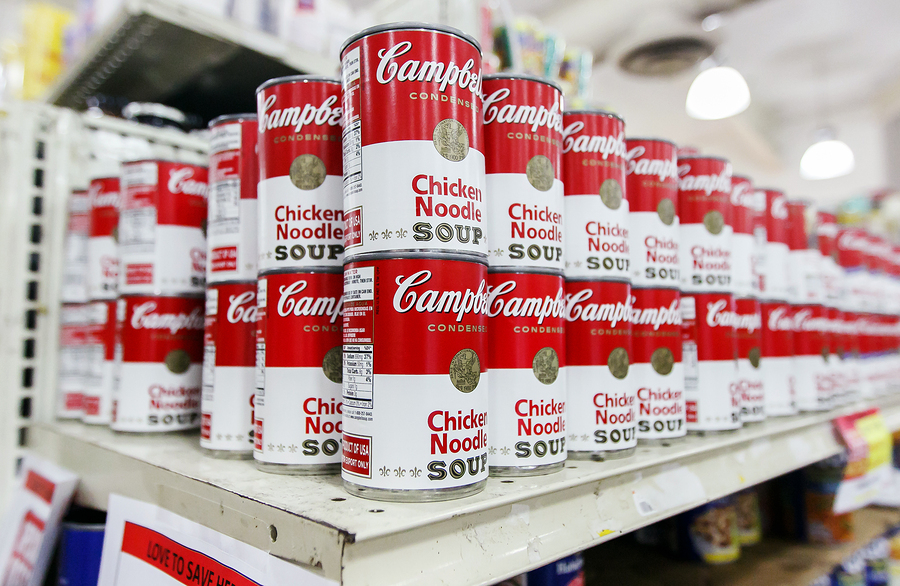“The parade of departures — which includes industry Kellogg’s John Bryant and Mondelez International’s Irene Rosenfeld — underscores the challenges to iconic food brands that had been grocery store staples for decades. They struggle to create growth in the face of upstart rivals, rapidly changing trends and their own slower-paced cultures. If they want to buy growth, there are limited and expensive options.
They are also a victim of their predecessors’ success. The scale that once gave CEOs power at the grocery store and yielded cost savings now makes it harder to casually shift away from legacy businesses.”1
In the case of Campbell Soup, while they might be able to cut down on soup production they would still have fixed costs like stocking and shipping.
RELATED STORY:
So, what’s going on? Seems perhaps the old guard have been ignoring consumers for far too long and it’s finally caught up to them.
Consumer suspicion
Today’s consumer is looking for food fresh, not food full of preservatives. And they are” suspicious, rather than impressed, by century-old brands.”2 In the case of Campbell, the challenge has been getting around it’s largest shareholders: the Dorrance family. Seems they made their fortune on soup and aren’t quite ready to “accept the realities of soup’s slowing fortunes.”3
RELATED STORY:
And when their organic soup line didn’t really catch on with consumers they bought organic soup company Pacific Foods for $700 million and fresh food and drink brand Bolthouse Farms for $1.55 billion:
“The goal of the latter was to help Campbell escape the doldrums of the center aisle of the grocery store, as today’s shoppers head to fresher foods that surround the perimeter. The fresh business, though, floundered, leaving Campbell with a $619 million impairment charge this past quarter.
Part of the challenge was bad luck, a drought in California hurt the quality of Bolthouse’s carrot crop.”4
Also under Morrison, Campbell launched a venture capital arm, hoping to catch new trends like kombucha and gluten-free and then spent over $4.87 billion to buy snacks company Snyder’s-Lance. (The deal just closed in March so it’s too early to evaluate its success.)
RELATED STORY:
The incoming interim CEO, Keith McLoughlin, has given some bankers and investors reason to hope citing the company’s upcoming “thorough and critical” review of its business where “everything is on the table” and there are no “sacred cows.”(Although selling isn’t one of the strategies.)
We will continue to watch Big Food with great interest. The writing has been on the wall for a long time: change or die.












